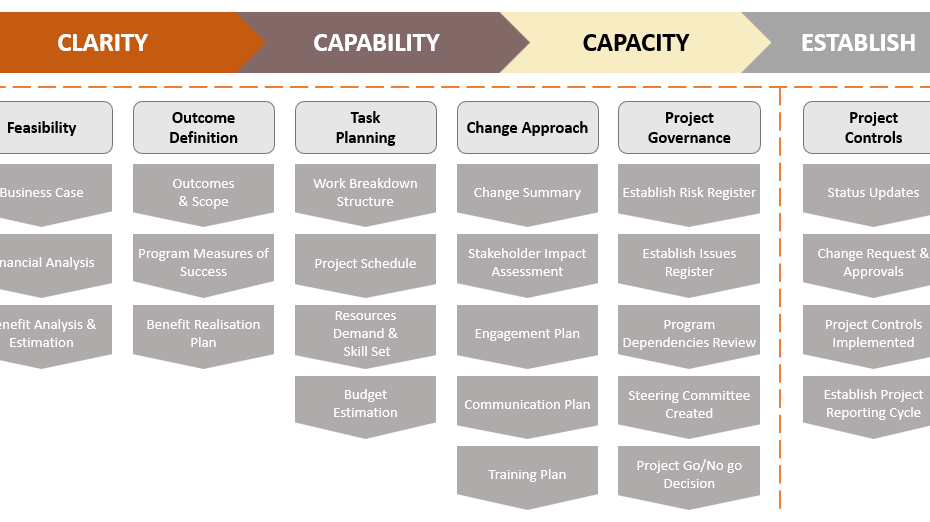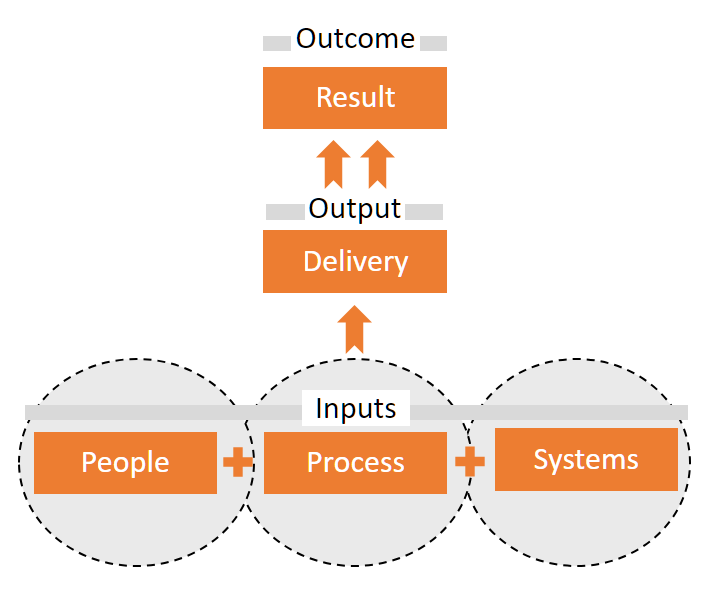Case Study: Team Transformation
South Australia introduced significant changes to the way that Planning and Development Applications needed to be assessed. The City of Unley took a positive, energetic approach to these changes and wanted to maximise the benefits of the opportunities presented – Bee Squared helped the team to completely re-think their approach to their internal processes through a structured and data-driven process… Read More »Case Study: Team Transformation




